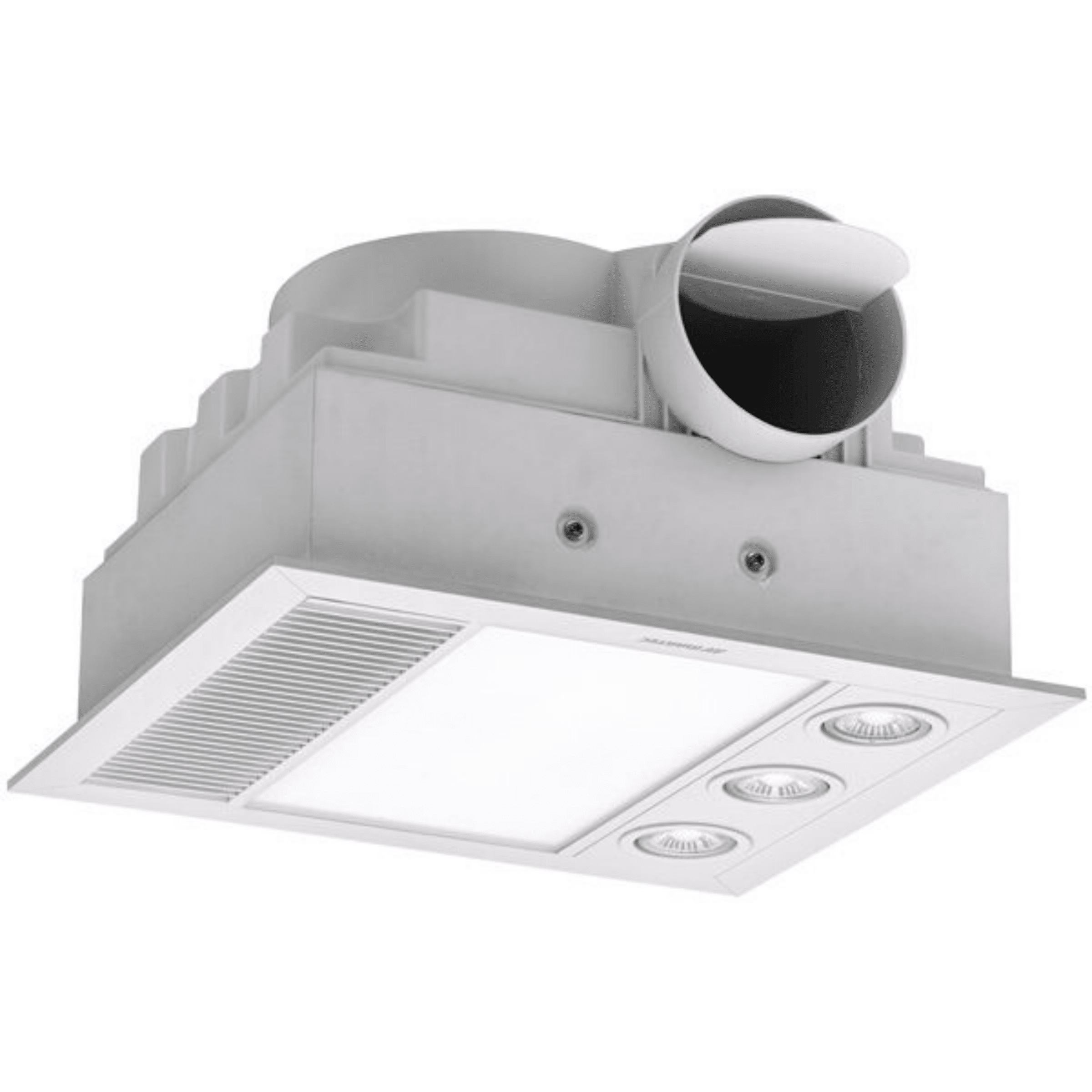Remote Control Features

Remote control bathroom heater light – Remote control functionality is a highly sought-after feature for bathroom heaters and lights, offering numerous benefits and enhancing user convenience and safety.
Imagine stepping into a bathroom where your remote control bathroom heater light greets you with a warm glow, setting the perfect ambiance for relaxation. As you soak in the tub, surrounded by the serene hues of green bathroom decor , you’ll feel transported to a spa-like oasis.
With its adjustable brightness and color temperature, the remote control bathroom heater light creates the ideal lighting for any mood, ensuring that your bathroom becomes your sanctuary for tranquility and rejuvenation.
Remote controls provide the ability to operate bathroom appliances from a distance, eliminating the need to manually adjust settings or turn them on and off. This convenience is particularly beneficial for individuals with limited mobility or those who want to control their bathroom environment from the comfort of their bed or shower.
With the convenience of a remote control bathroom heater light, you can adjust the temperature and brightness from the comfort of your bathtub. If you’re looking to enhance your home’s ambiance, consider exploring home bar decor. From sleek bar carts to vintage decanters, there are countless options to create a stylish and inviting space.
And don’t forget the finishing touch—a remote control bathroom heater light to set the perfect mood.
Enhanced Safety
- Remote controls allow users to turn off bathroom heaters and lights remotely, reducing the risk of accidents or fires caused by unattended appliances.
- For individuals with mobility issues, remote controls provide a safe and convenient way to adjust settings without having to get up and move around.
- Remote controls eliminate the need to touch potentially hot surfaces or wet switches, reducing the risk of burns or electrical shocks.
Smart Home Integration: Remote Control Bathroom Heater Light

Remote control bathroom heaters and lights can seamlessly integrate with smart home systems, allowing users to control their bathroom appliances remotely using their smartphones or voice assistants.
Smart home platforms such as Amazon Alexa, Google Home, and Apple HomeKit support remote control bathroom appliances, enabling users to turn on or off their heaters and lights, adjust temperature settings, and set schedules using voice commands or the respective mobile apps.
Advantages of Smart Home Integration
- Voice control: Users can conveniently control their bathroom appliances hands-free using voice commands, making it easier to adjust settings while multitasking or when their hands are occupied.
- Scheduling: Smart home integration allows users to schedule their bathroom appliances to turn on or off at specific times, ensuring a warm and comfortable bathroom when needed.
- Remote access: Users can control their bathroom appliances remotely, even when they are away from home, providing peace of mind and the ability to adjust settings as needed.
Installation and Troubleshooting

Installing and using remote control bathroom heaters and lights require careful attention to safety considerations and proper installation procedures. This section provides detailed instructions and troubleshooting tips to ensure a safe and efficient installation and operation of these appliances.
Installation, Remote control bathroom heater light
Before installing any electrical appliance, it is crucial to consult with a qualified electrician to ensure compliance with local building codes and electrical safety regulations. Here are the general steps involved in installing remote control bathroom heaters and lights:
- Identify the appropriate location: Choose a suitable location for the heater or light, ensuring adequate ventilation and avoiding any potential hazards like water sources or flammable materials.
- Prepare the wiring: Run the necessary electrical wiring to the installation location, following the manufacturer’s instructions and local electrical codes.
- Mount the heater or light: Securely mount the heater or light to the wall or ceiling, using the provided mounting hardware and following the manufacturer’s guidelines.
- Connect the wiring: Connect the electrical wires to the heater or light, ensuring proper polarity and secure connections.
- Test the operation: Turn on the power and test the operation of the heater or light, including the remote control functionality.
Troubleshooting
If you encounter any issues with the operation of your remote control bathroom heater or light, here are some common troubleshooting tips:
- Check the power supply: Ensure that the power supply is turned on and that the heater or light is receiving power.
- Inspect the remote control: Check if the remote control is properly paired with the heater or light and that the batteries are not depleted.
- Reset the device: If the heater or light is malfunctioning, try resetting it by turning off the power and then turning it back on.
- Contact the manufacturer: If you are unable to resolve the issue, contact the manufacturer for technical support or warranty information.
Safety Considerations
When installing and using remote control bathroom heaters and lights, it is essential to prioritize safety:
- Keep water away: Ensure that the heater or light is not exposed to water or moisture to prevent electrical hazards.
- Avoid overheating: Do not leave the heater or light unattended for extended periods, especially on high settings.
- Install smoke and carbon monoxide detectors: Place smoke and carbon monoxide detectors in the bathroom for added safety.
- Regular maintenance: Inspect the heater or light regularly for any signs of damage or wear and tear, and have it serviced by a qualified electrician as needed.